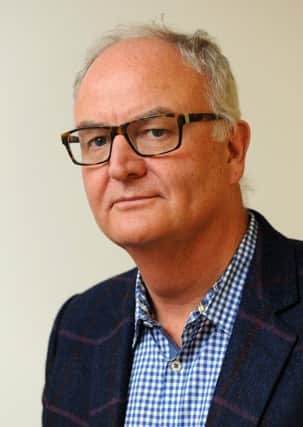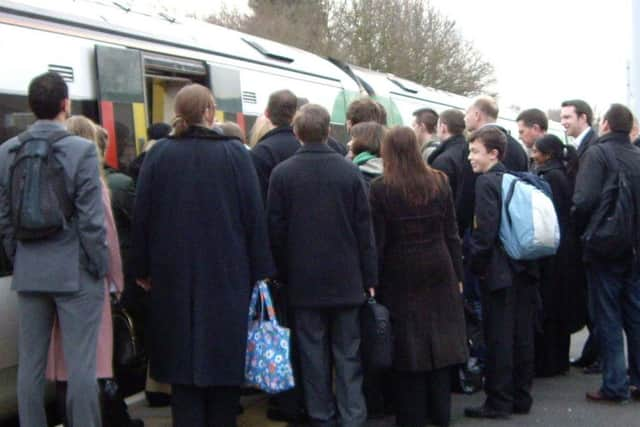No rail capacity for New Town say experts


“I’d say it’s reached capacity,” said Peter Gibbons who has 30 years’ experience on the railways, working first as a signals manager and then as incidents controller for Network Rail before his retirement.
Mr Gibbons lives in Hassocks, about seven miles from the green field site where Mayfield Market Towns is proposing to build a 10,000 home new town.
Advertisement
Hide AdAdvertisement
Hide AdThe company is planning to bus commuters to Burgess Hill Station from a purpose built park and ride at Hickstead.


Mr Gibbons said: “It’s a completely unsustainable development from the transport perspective. You have to remember that the Brighton mainline has only got four lines from London as far as Balcombe Tunnel, which is just south of Crawley.
“Beyond that it’s a two track railway going down to Brighton and I can see no way of actually widening that section of line. You’ve got a number of obstacles in your way which would have to be addressed because of the undulating way of the countryside.”
‘Obstacles’ include Clayton Tunnel and the Ouze Valley Viaduct near Balcombe.
Advertisement
Hide AdAdvertisement
Hide Ad“The trains are as long as you can make them now,” said Mr Gibbons. “Most of them are eight or 12 carriages. The platforms are already at that length and there is a limit as to what you can run on a relatively low voltage railway, which is 750 volts DC. “And then you’ve got to think about what happens to the trains when they get to London because Victoria is at capacity too.”
Paul Prentice, an editor at Rail Magazine said: “Brighton is a popular place to live and London is a popular place to work... the line is full. I don’t think there is any real potential to run any more trains.”
The Middy reported last week that Brighton’s Green MP, Caroline Lucas, a supporter of BML2 - a second mainline to London via Lewes, had raised concerns about capacity in a Parliamentary debate on January 9.
She said the Brighton line “struggles and creaks through inadequate capacity”.
Advertisement
Hide AdAdvertisement
Hide AdIn response, director of Mayfield Market Towns, Lee Newlyn, said: “We absolutely recognise that rail transport is reaching capacity and this is not something that we can control.
“What we can plan for is how people will live in the next 20-50 years and this will focus on home working and local employment. Our transport strategy concentrates on delivering at least 30 per cent of jobs on site and connects to local towns for further opportunities for employment.
“Currently, only 12 per cent of travel to work from this area is to London and we don’t plan to reinforce the strategy of long distance commuting when the more sustainable approach is to provide employment locally.
“However, ‘add on’ development has no choice but to add to rail congestion as they do not have the ability to deliver significant amounts of local employment.”
Advertisement
Hide AdAdvertisement
Hide AdThe draft district plan states that “45 per cent” of the 70,000 people in employment commute out of Mid Sussex to work, which could involve rail or road travel. Just “seven per cent” currently work from home.